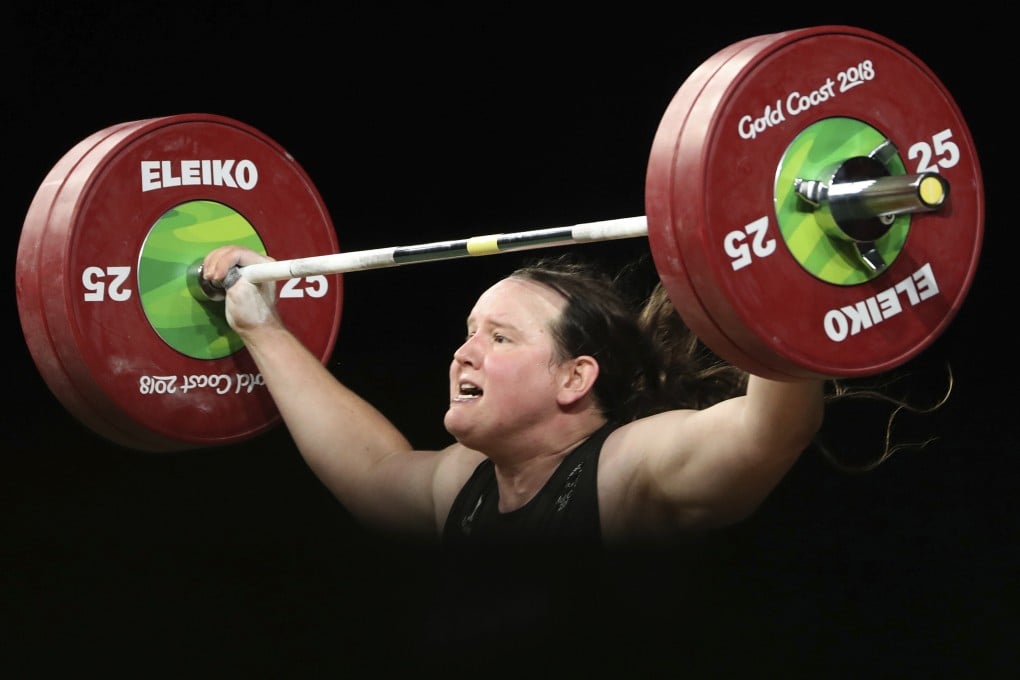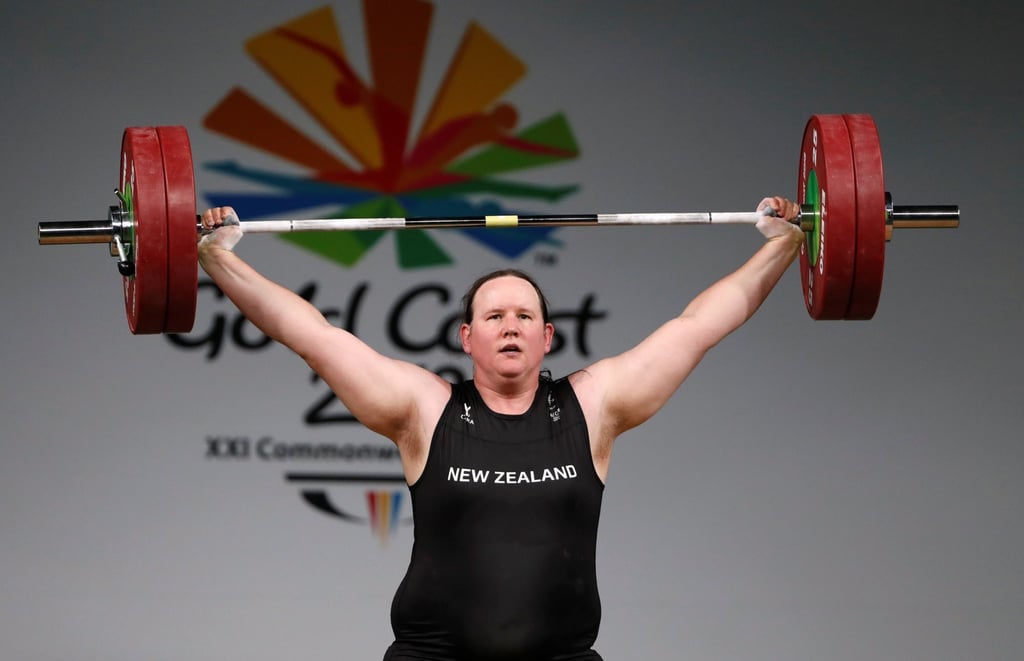Tokyo Olympics: Who is Laurel Hubbard? First transgender athlete from New Zealand becomes reluctant trailblazer
- The weightlifter’s presence brings into the Olympic arena an issue that challenges sport’s traditional binary categories of male and female
- But the soft-spoken athlete is intensely shy, insisting during rare interviews that she just wants to be left alone to pursue her sport

Laurel Hubbard is the most reluctant of trailblazers as she prepares to become the first transgender athlete to compete at the Olympics, reigniting debate on one of the most divisive issues in sport.
The New Zealand weightlifter is softly spoken and intensely shy, insisting during rare media interviews that she just wants to be left alone to pursue her sport.
Yet the 43-year-old’s presence at the Tokyo Games beginning next month promises to be seismic, bringing into the Olympic arena an issue that challenges sport’s traditional binary categories of male and female.
Hubbard was born male and competed as a man before transitioning to female in her 30s, becoming eligible to lift as a woman after showing testosterone levels below the threshold required by the International Olympic Committee (IOC).
Hubbard won a silver medal at the 2017 world championships and gold in the 2019 Pacific Games in Samoa. She competed at the 2018 Commonwealth Games on Australia’s Gold Coast but sustained a serious injury that set back her career.

It is a prospect that dismays some, including Belgian weightlifter Anna Vanbellinghen, who argues Hubbard has an unfair advantage over female rivals due to physical attributes locked into her body during her formative years as a male.